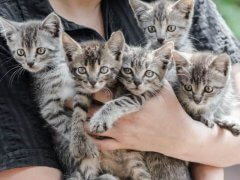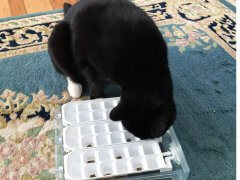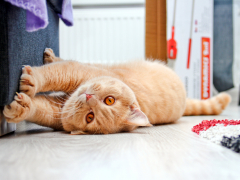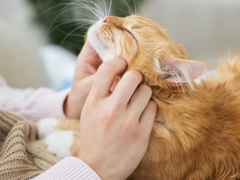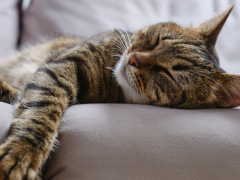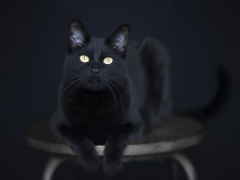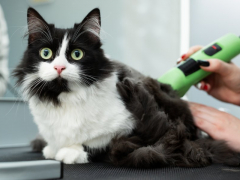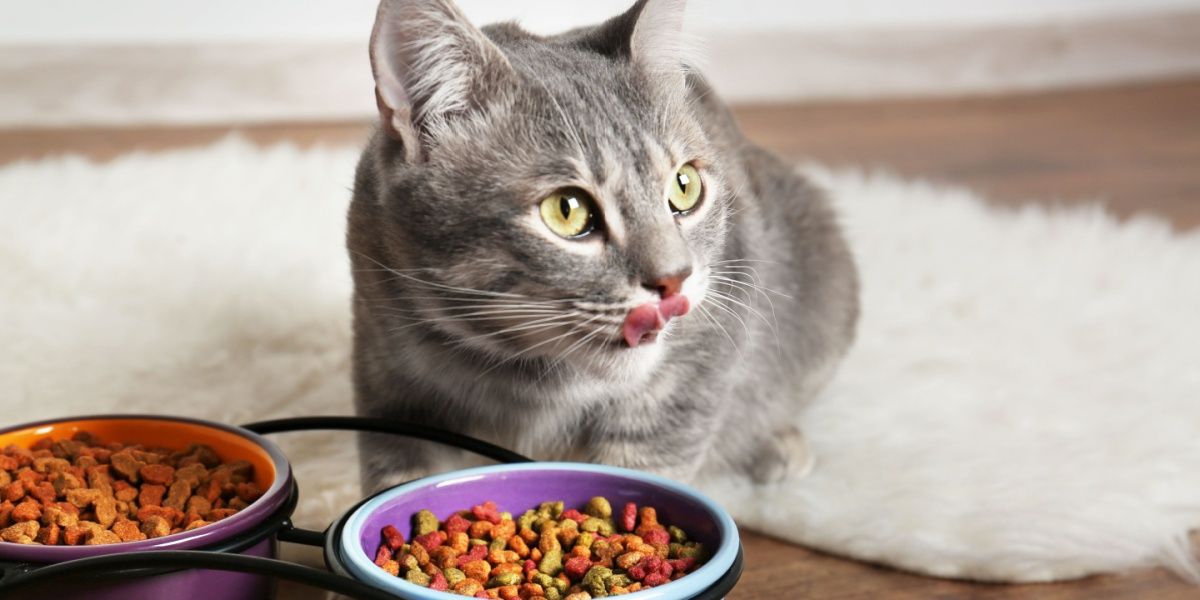
Cats certainly love food and providing variety can have several benefits. Africa Studio / Shutterstock.com
Food and mealtimes can truly be the key to a cat’s heart. Many of us prefer variety in our diets and it’s common to wonder if our cats might also benefit from a regular change in food offerings. In this article, we’ll discuss rotational diets for cats: the benefits and detractors, what it means to rotate a cat’s diet, and the best ways to approach it.
What Is a Rotational Diet for Cats?
At the most basic level, a rotational diet involves changing the main protein source in a given meal. For example, you could rotate between chicken, beef, and fish as your primary protein sources. However, a rotational diet can be expanded to include differences in other nutrient ingredients like carbohydrates and fat or even in textures and appearances.
The “food is love” idiom has a lot going for it, and this excitement over food and mealtimes is actually a very important part of the bond we share with our pets. My own cats have an internal clock that seems to alarm whenever a meal or snack time comes around!
Benefits of Rotating Your Cat’s Diet
Before thinking about how to implement a rotational diet, it’s worth considering why it may be useful. Rotating your kitty’s diet may have several benefits, including:
- Variety: This can help keep your cat’s digestive system more adaptable, making transitioning to a new diet easier if a medical condition requiring a diet change arises in the future
- Excitement: Reducing “boredom” or disinterest in a primary diet
- Good habits: Rotation can reduce the chance a cat will engage in inappropriate food-related behaviors, such as eating off the table
- Allergy prevention: Changing protein sources may reduce the risk of developing a food intolerance or food allergy
Keep in mind that these benefits are both only potential and conditional. Since cats are individuals, not all of them are going to need or benefit greatly from a rotational diet. A rotational diet also does not guarantee any kind of future result.
Choosing Wet or Dry Foods for a Rotational Diet
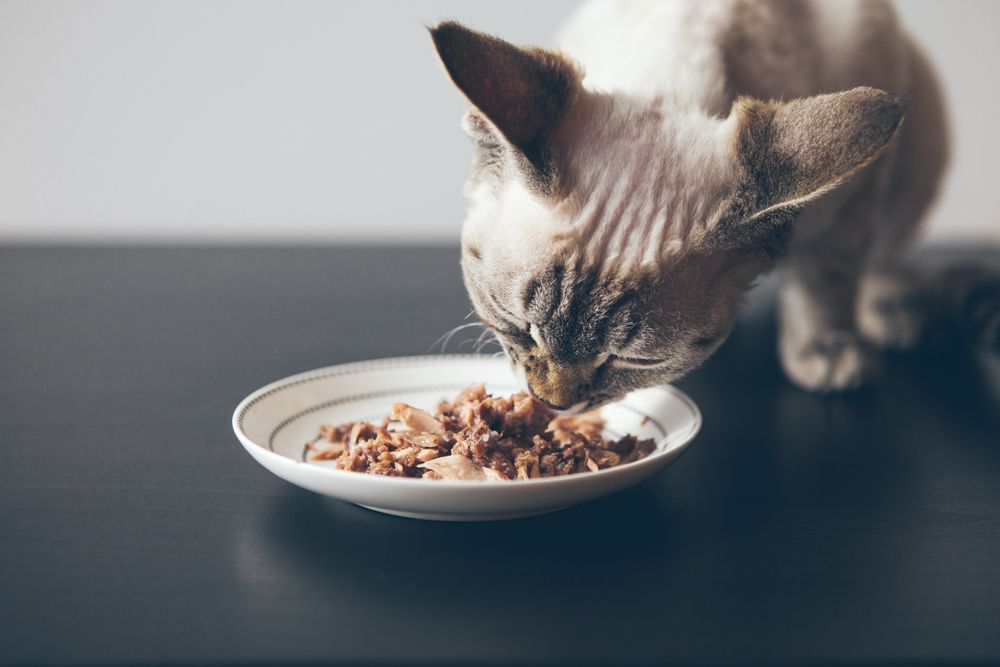
The goal with diet rotation is always a continued healthy interest in food. Veera / Shutterstock.com
There’s no set standard for rotating a cat’s diet. Cats may enjoy a daily, weekly, or monthly change—or may not be receptive to the idea at all. When exploring a new diet for your cat, look at the nutrient composition to find the right balance of protein, fats, carbohydrates, fiber, and other nutrients.
That’s because abrupt changes in a diet’s nutrient composition can easily lead to signs of digestive upset. Besides being uncomfortable for your cat, your kitty may associate tummy troubles with a particular food and refuse to eat it anymore. So it may help to find something fairly similar to what you’re currently feeding.
Some food manufacturers make this easier with their product lines. For example, a variety pack of wet food may contain a few different flavors, but the nutritional makeup of each one is essentially the same. You could transition to a different flavor each day and rotate through them.
It’s not quite as easy with dry food varieties. To keep dry cat food fresh, you should finish each bag before rotating to another flavor, which may take a couple of weeks per bag. It is possible to rotate dry food diets more often but you have to ensure the dry food is very well-sealed. It may help to transfer all of the dry food to a sealed plastic container. You can then rotate between two or three dry foods more often by rotating the containers.
Plan a Gradual Cat Food Transition
If the food you currently give your cat doesn’t have many varieties to work with, you may want to transition to a type that does. But it will take some time and work to get your cat transitioned over to that new brand of food so you can begin the rotational diet. When starting a new cat food, it’s important to transition slowly. Spend at least a week gradually increasing the amount of new food and reducing the amount of old food.
I like to follow this week-long transition plan:
- Day 1: Feed 25% of the new food and 75% of the old food.
- Day 2: Feed 25% of the new food and 75% of the old food.
- Day 3: Feed 50% of each.
- Day 4: Feed 50% of each.
- Day 5: Feed 75% of the new food and 25% of the food.
- Day 6: Feed 75% of the new food and 25% of the food.
- Day 7: Feed 100% of the new food.
If digestive upset develops or your cat gets suspicious and stops eating the food, slow it down even more. This could happen if your cat has been on the same diet for a long time.
For kibble, it may help to measure out the portions in a plastic container and shake it up to get an even mixture. You could make a whole week of the 25/75 mixture, for example. For wet food, you may have to spend time mixing up the old and new and storing some in your fridge.
Transitioning to Homemade Diets
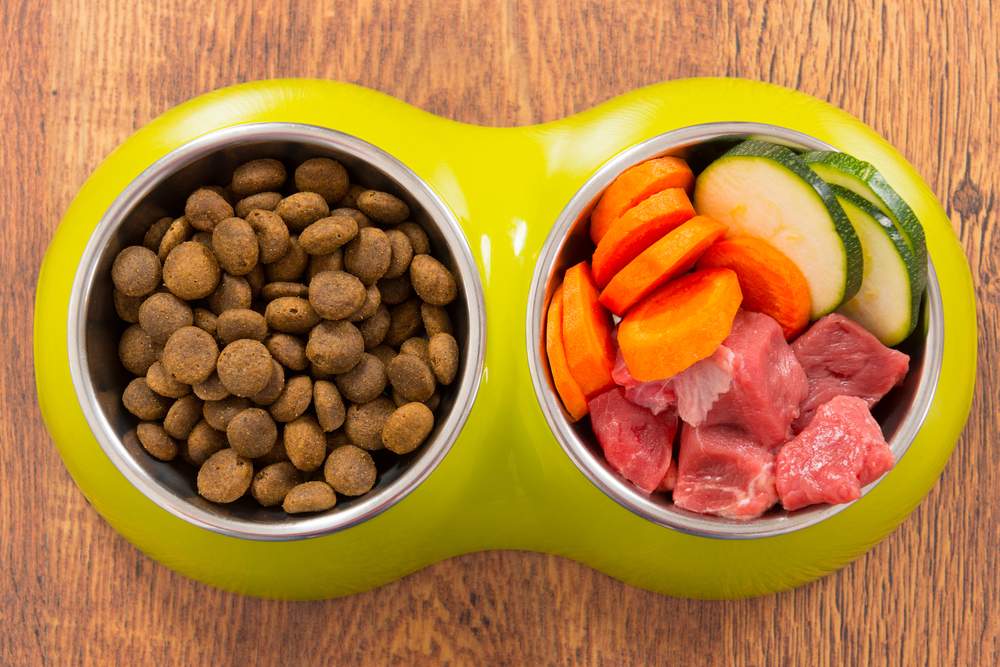
Even with homemade or fresh food, there are important things to consider when rotating diets. Monika Wisniewska / Shutterstock.com
Many veterinarians do not advise home-cooked diets for cats without first consulting with a board-certified veterinary nutritionist. If you have already met with your vet or a nutritionist, there are some options to consider when transitioning between homemade diets.[1]
If this is your first time making homemade food, try starting your cat on a protein you already know they do well with. Follow the slow transition guide above for the timing. Or, if you already have a couple of homemade recipes you rotate through successfully, try to adjust only one major nutrient at a time.
For example, if your cat eats a diet based on chicken and rice and you want to change to a diet based on salmon and sweet potatoes, focus on changing the salmon first and leave the rice alone. If your cat adjusts well to the protein change, then make a transition to the new carbohydrate source. When transitioning to a new protein or carbohydrate source, it may be best to still mix your salmon and chicken together for a couple of days, similar to how you would transition to a commercial diet.
Tips To Consider
If your cat is having some trouble changing food, it’s okay to include treats as an enticement. Examples of “extras” to help with diet transition might include:
- Mixing in a squeezable treat
- Sprinkling or mixing in crunchy treats
- Mixing in a favorite human food like small amounts of chicken or fish
- Adding in low-sodium beef or chicken broth
- Top-dressing, such as with tuna juice or with the gravy from their previous wet food diet
But those strategies can also backfire—too much treat-based motivation may lead a cat to eat only the treat or refuse the main diet without it. If your method of enticement appears to be working, reduce the included treats as soon as possible, but do it slowly over at least a week.
Some other components to consider:
- Texture: When rotating diets, pay close attention to texture, especially of canned food. Some cats prefer pate over chunks in gravy. Even the size or shape of kibble may matter to some cats, as well as taste.
- Transition together: In multi-cat households, make sure all cats are adjusting well to a diet change. Watch everyone at mealtimes to make sure that everyone is eating and finishing their own meals.
- Consider supplements: Probiotics can be very helpful to include when transitioning to a new diet. Major changes in diet nutrient composition lead to alterations in the gut microflora and probiotics can provide large numbers of healthy microorganisms to assist with digestion during a transition.
Concerns and When To See a Vet
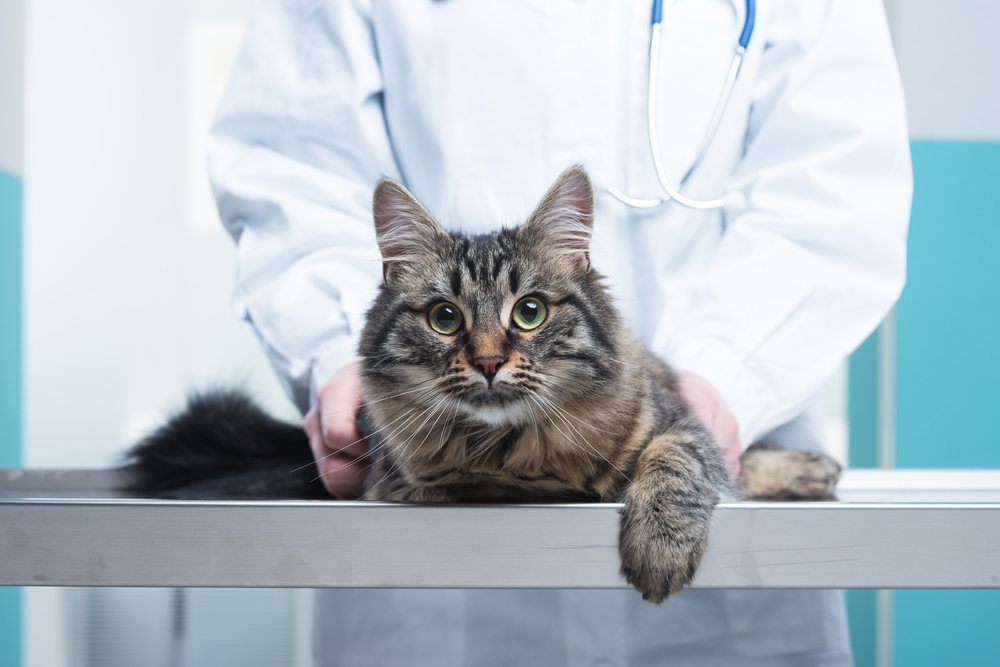
Rotational diets may be beneficial for healthy cats but for complications or illness, it’s important to include your veterinarian. Stokkete / Shutterstock.com
Generally, I think a rotational diet is best for cats who are otherwise healthy. It’s not meant to improve inappetence. If your cat has developed signs of a digestive disorder or changes in their appetite, find out why with your vet. A reduced appetite, especially in an older cat, may be indicative of a more serious underlying medical condition and not just boredom with a current food choice. If your cat has been on one diet for years and suddenly shows a decrease in appetite, schedule a veterinary exam to check on body function health before changing diets.
While it may be okay to just check and see if one other food choice makes a difference, pursuing a days- or weeks-long attempt at changing around foods may allow an underlying health condition affecting appetite to worsen in the meantime.
If a cat stops eating completely for any reason, hepatic lipidosis (fatty liver disease) becomes a potential concern, especially in overweight cats. This is a unique condition in cats where lack of appetite leads to abnormal fat deposition in the liver and major health complications.
You should also seek out veterinary advice if you think your diet transition is contributing to a “food strike” or other digestive issues like vomiting or diarrhea. Keep a close eye on your cat during a diet rotation or transition by watching how they approach the food, their initial interest, whether they finish the food, and if everything seems fine afterward.
If a diet transition is necessary but your cat is having a hard time adapting or showing interest, your vet may recommend prescribing an appetite stimulant, like mirtazapine or capromorelin to boost interest.
Frequently Asked Questions
What is rotational feeding for cats?
At a basic level, rotational feeding means changing the main protein source of a cat’s diet. A rotational diet may also include changing a variety of nutrients like carbohydrates or fiber. Rotational feeding may occur each day, or less frequently in terms of days, weeks, or months.
How do you rotate wet and dry cat food?
If they’re nutritionally similar, wet foods may be rotated with each new can or packet. There are some wet food diet product lines that have different textures or flavors, but have the same basic nutrient make-up. You can also rotate by case of a wet food by changing to a different flavor every couple weeks or months. With dry foods, it’s best to finish each bag before rotating to another.
How often should you rotate kitten food?
Rotating diets early in life can be important for a highly adaptable gut. As long as the foods are nutritionally appropriate for kittens, you can rotate them similarly as for healthy adult cats.
To help make monitoring diet change more reliable, make sure your kitten is being well vaccinated for viral causes of digestive upset and they have either been fully dewormed or have a fecal sample that appears to be clear of intestinal parasites.
What is a good eating schedule for a cat?
This may depend a little on an individual cat. But generally, house cats are more adapted to smaller, more frequent meals. Some cats are snackers, and like to eat small amounts of food multiple times during the day as they please. But to best monitor calorie intake, I advocate dividing their daily amount into specific mealtimes that are smaller and more frequent, at least 3-4 times a day.
-
Wilson, S. J., Villaverde, C., Fascetti, A. J., & Larsen, J. A. (2019). Evaluation of the nutritional adequacy of recipes for home-prepared maintenance diets for cats. Javma-journal of the American Veterinary Medical Association, 254(10), 1172–1179.
